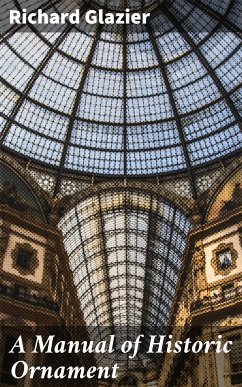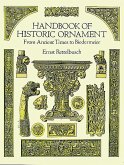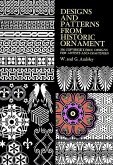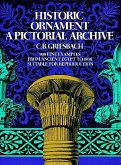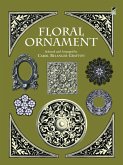In "A Manual of Historic Ornament," Richard Glazier meticulously compiles a comprehensive examination of decorative arts across various historical periods and cultural contexts. The book is characterized by its scholarly approach, featuring detailed illustrations and analyses of ornamentation styles that span from ancient civilizations to the Renaissance. Glazier's literary style is both accessible and didactic, making it an invaluable resource for students, artists, and scholars alike. This work situates ornament within broader historical narratives, emphasizing its significance not just as decoration, but as a reflection of socio-cultural values and artistic trends of the times. Richard Glazier, an esteemed figure in the field of art history, brings a wealth of knowledge and passion to this project, stemming from his deep-rooted interest in the interplay between art and society. His academic background and experience in curating exhibits have equipped him with the critical insight necessary to explore the evolution of ornamentation. Glazier'Äôs dedication to uncovering the lost narratives of decorative arts propels this manual into a pivotal resource for understanding artistic expression throughout history. I wholeheartedly recommend "A Manual of Historic Ornament" to anyone with a vested interest in art history, design, or cultural studies. It serves not only as a reference book but also as an invitation to appreciate the intricate beauty of historical ornamentation. This text promises to enrich your understanding of the vital role ornament plays in the human experience.
Dieser Download kann aus rechtlichen Gründen nur mit Rechnungsadresse in A, B, BG, CY, CZ, D, DK, EW, E, FIN, F, GR, H, IRL, I, LT, L, LR, M, NL, PL, P, R, S, SLO, SK ausgeliefert werden.

